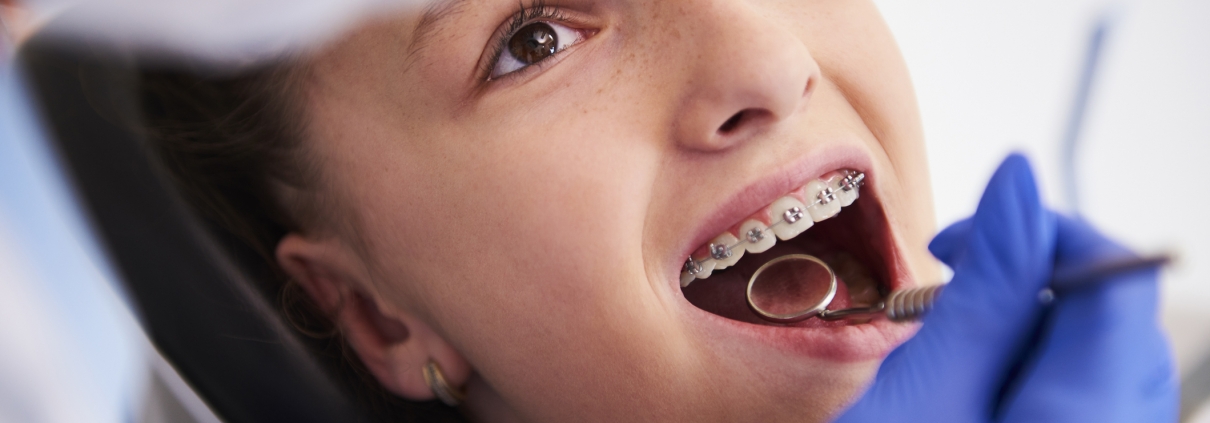Caring for Teeth with Braces
Getting braces is an important step toward achieving a straighter smile and improved dental health. However, wearing braces requires a bit of extra care and attention to ensure that teeth and gums remain healthy throughout the treatment. This article offers essential tips on how to care for teeth with braces, helping you maintain oral hygiene and ensure the best results.
Understanding Braces
Braces consist of brackets, wires, and sometimes bands that work together to gradually move teeth into their correct positions. While they are effective for correcting misalignment, braces can also create additional challenges for maintaining oral hygiene. Food particles can get trapped in and around the braces, increasing the risk of plaque buildup and cavities.
Daily Oral Hygiene Routine
- Brush Your Teeth:
- Frequency: Brush at least twice a day, preferably after every meal.
- Technique: Use a soft-bristled toothbrush and fluoride toothpaste. Angle the brush towards the brackets and use gentle, circular motions. Pay extra attention to the spaces between brackets and wires.
- Flossing:
- Flossing can be more challenging with braces, but it’s essential to remove food particles and plaque from between teeth. Use a floss threader or orthodontic flossers designed for use with braces.
- Floss at least once a day to keep your gums healthy.
- Interdental Brushes:
- These small brushes can help clean around brackets and wires more effectively than regular toothbrushes. They are excellent for reaching areas that traditional brushes might miss.
- Mouthwash:
- Consider using an antibacterial mouthwash to help reduce plaque and freshen breath. Look for fluoride-based mouthwashes to aid in strengthening enamel.
Dietary Considerations
Certain foods can damage braces or get stuck in them, making proper dietary choices crucial:
- Foods to Avoid:
- Hard foods like nuts, hard candies, and ice can break brackets or wires.
- Sticky foods such as caramel, taffy, and gummy candies can cling to braces and be difficult to remove.
- Crunchy foods like popcorn can get stuck in braces and cause discomfort.
- Recommended Foods:
- Soft foods like yogurt, smoothies, mashed potatoes, and cooked vegetables are easier to eat and less likely to cause damage.
- Cut fruits and vegetables into smaller pieces to make them easier to chew.
Managing Discomfort
Braces can cause discomfort, especially after adjustments. Here are some tips to manage any soreness:
- Over-the-Counter Pain Relief:
- Non-prescription pain relievers like ibuprofen or acetaminophen can help alleviate discomfort. Always follow the recommended dosage.
- Orthodontic Wax:
- Use orthodontic wax to cover any areas where brackets may irritate the inside of your mouth. This can provide relief from soreness.
- Cold Compresses:
- Applying a cold compress to the outside of the mouth can help reduce swelling and soothe pain.
Regular Dental Visits
Regular check-ups with your orthodontist are essential throughout your braces treatment. These appointments allow the orthodontist to monitor progress, make adjustments, and address any concerns. Typically, visits occur every 4-8 weeks.




